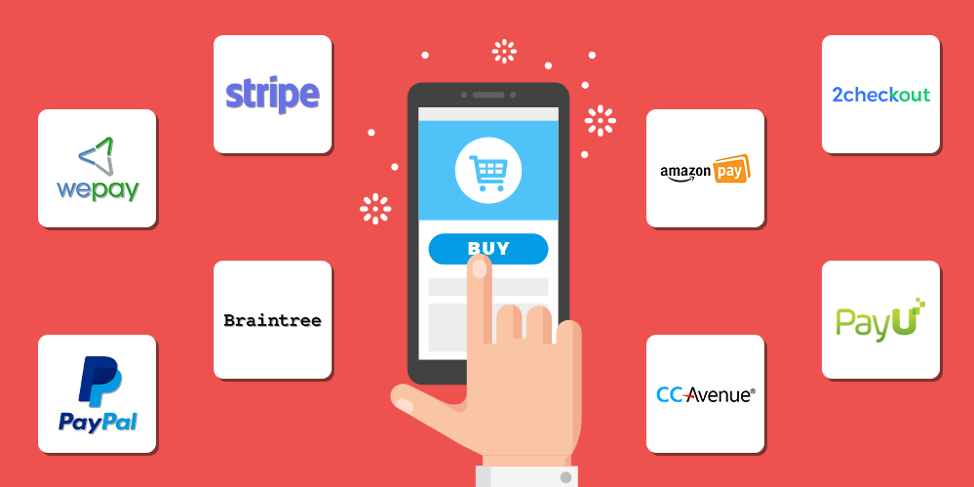How to Build a Mobile App With a Limited Budget

How to Build a Mobile App With a Limited Budget
Contributed ContentIf you want to build a mobile app with a limited budget but don’t know how, this comprehensive guide will teach you where you can cut costs and how to do it effectively so that you don’t jeopardize your success.
Today, almost everyone is thinking of the next billion-dollar idea. But when it comes to investing money in that idea, most people have the wrong belief.
Many entrepreneurs believe that quality mobile app development costs a fortune and that mobile apps developed with a strict budget are bound to fail. This does not have to be the case when you build a mobile app by hiring a full-service mobile app development company.
People have, and still are, developing successful mobile apps within a limited budget. In this article, I’m going to share the complete, step-by-step process of how you can do the same.
Step 1 – Set Clear Goals
Your mobile app development costs will remain inside your budget as long as you’ve clearly defined your goals at the beginning of the process.
Don’t know how to set clear goals for your mobile app?
Simply read through the below checklist that explains how to come up with solid goals for your mobile app:
- Who is your target audience? Who is going to use your app?
- Who are your competitors?
- Why should your customers download and use your app? What is the unique selling proposition of your mobile app?
- What problem are you solving with your mobile app?
- What particular function should your mobile app perform?
- What results are you trying to achieve, both immediately (probably after a week) and after 3-6 months?
From this checklist, you should gain the following outputs:
- A target audience and your competitors surveyed
- A list of must-have features/functionalities for your app
- A concrete monetization strategy
As a matter of fact, you’ll also need this information when you’re negotiating with a company for your mobile app development cost.
Step 2 – Choose The Right Mobile App Development Pricing Model
Should you be paying hourly rates or a fixed price to your outsourcing partner?
This debate has been going on since mobile apps started becoming mainstream for businesses.
Now, since you’ll be on a tight budget, paying a fixed price seems more reasonable. However, you should also keep in mind that a fixed price model means you won’t have room left to make modifications unless you agree to pay extra to make those modifications.
Most app development companies recognize that you will want to make changes after the first initial round of development and do not charge hefty fees for modifications.
In fact, a few mobile app development companies offer a third mobile app development pricing model, especially for budget-wise businesses.
We call it the “Fixed-Budget Model.”
Here’s how this model works: First, do your research as stated in step one and then be upfront about your budget and decide your mobile app’s priorities. A business analyst and solution provider will then suggest different options available.
Simply put, the development company guides where you can cut costs and what features you should ditch to build your mobile app with a limited budget.
Step 3 – Pursue One Platform with Limited Device-Support Range
When your budget is tight, it makes perfect sense to build your mobile app for just one platform – either Android or iOS. This decision mainly depends on the data from your target audience research.
The target audience research helps you find out on which platform the majority of your customers use. For example, are most of them using an Android or iOS device?
Once you know this data, you can easily decide which platform to pursue first.
Step 4 – Prioritize Each Feature Based on Development Cost vs. User Needs
Suppose you’re planning to build an app like Netflix or Periscope. Including a live-streaming feature will be a must for your video platform, but it’s also an expensive one. Does this mean you should ditch this feature in the beginning?
No, because no user will use an entertainment app that doesn’t have live-streaming.
Similarly, payment gateway integrations require a lot of coding and money, but ditching this feature doesn’t make any sense if you’re planning to build an e-commerce app.

It is absolutely critical to prioritize each feature of your mobile app based on development costs and user needs.
Step 5 – Consider Building MVP Version First to Test Your Idea
If the main features of your mobile app cost more than your ideal budget, don’t rush into building a complete-functionality app from the beginning. You should build an MVP.
MVP means Minimum Viable Product, and this allows you to gather valuable user feedback from early adopters, validate your idea with actual users, analyze audience demand, and then pitch investors to get funding to build the full-fledged app.
Simply put, it allows you to avoid spending a lot of money in the beginning, which may not bring a measurable ROI.
Therefore, start with truncated functionality (an app with 1-3 key features) and test your mobile app in the real market before investing more money in full-feature development.
Step 6 – Don’t Forget About Maintenance Costs
App maintenance is a very real thing and can affect your financial plans.
For instance, suppose you’re building a taxi book app like Uber and you want to send text notifications to the riders about the driver status. For this, you’ll need to pay a recurring fee to a 3rd party service provider.
Now, of course, there are free services and open-source APIs that you can use. A good company will always suggest options, but you also have to communicate clearly about what you want.
Freelance App Developers vs. Mobile App Development Companies
Hiring a freelance app developer can seem budget-friendly, but you have to make sure you evaluate all the costs before choosing one.
Though freelancers nowadays charge much less than most app development companies, you usually find yourself with added costs.

It can be difficult to communicate your vision to an outside party and create a collaboration system that works for both partners.
Mobile app development companies usually already have a collaboration system in place, which means you spend less time managing their work.
On the other hand, outsourcing your mobile app project to an established outsourcing company can build your project in a designated timeline and a limited budget.
An experienced mobile app development company usually has a team with established managerial frameworks, clear communication culture, and a pre-decided milestone schedule.
Make a Cost-Effective Mobile App
Developing a mobile app for the first time can be daunting. There’s no denying it.
But if the idea of outsourcing your mobile app makes you uncomfortable, know that many popular products platforms like Alibaba, Skype, and Fab.com started this way. In fact, hiring an outsourcing company will be less costly than hiring an in-house team.
Lastly, when trying to develop a mobile app with a limited budget, be sure not to miss any important core features that compromise the quality of your mobile app.
